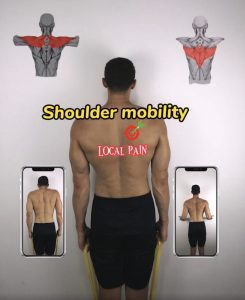Read this article in
I would like to present three exercises that were created by Dr. Stuart McGill from the University of Waterloo. Dr. McGill has conducted extensive research on back injuries and the importance of core stability, which he has documented in books like ‘Ultimate Back Fitness and Performance’ and ‘Back Mechanicas,’ as well as numerous professional journal articles.
Dr. McGill suggests incorporating another mobility exercise called the ‘Cat-Camel’ before performing the Big 3 exercises. Unlike other low back stretches that may strain the spine, this exercise promotes spinal mobility in a spine-friendly manner, reducing stiffness and improving motion.
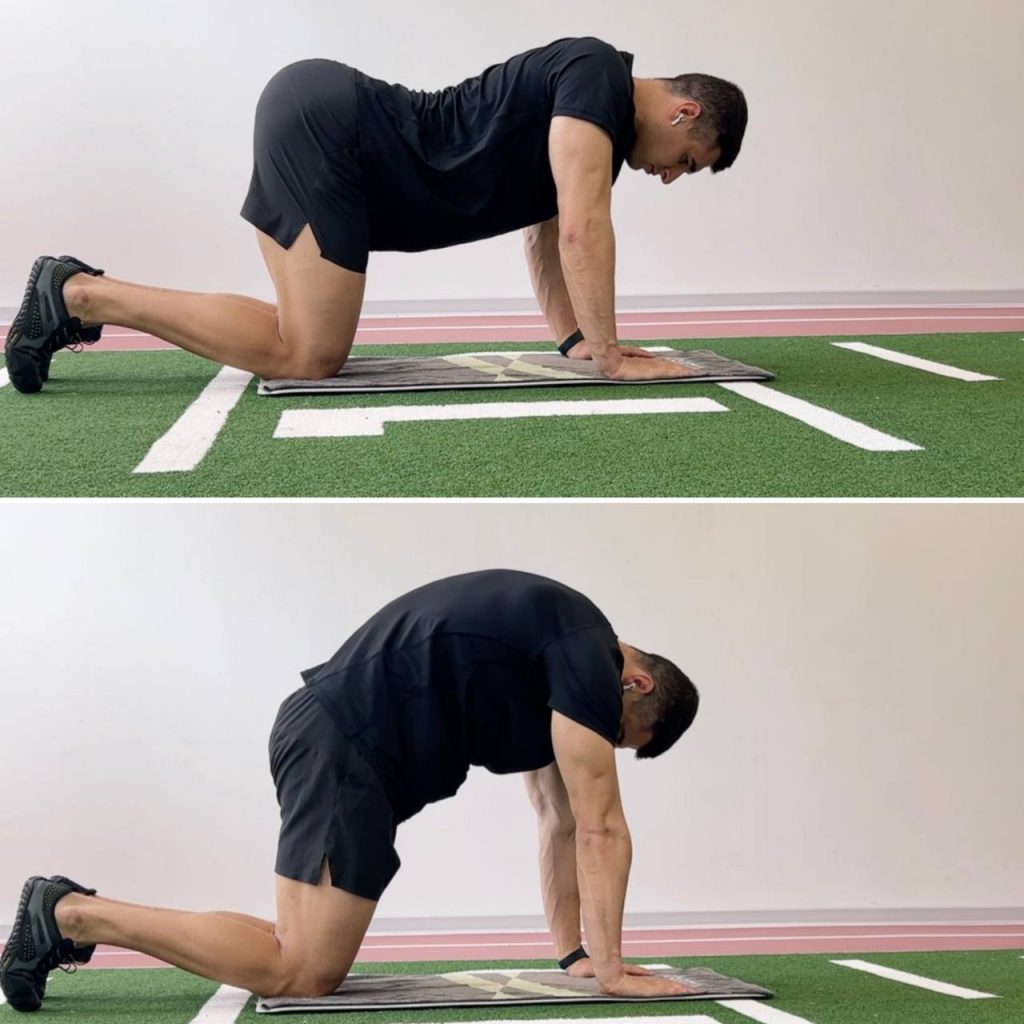
Through extensive research and study of the spine, Dr. McGill has identified three specific exercises that effectively target multiple areas without imposing excessive stress on injured or irritated regions of the back. These exercises have gained recognition as ‘The Big 3,’ renowned for their ability to address various aspects of back health.
1. The Curl Up
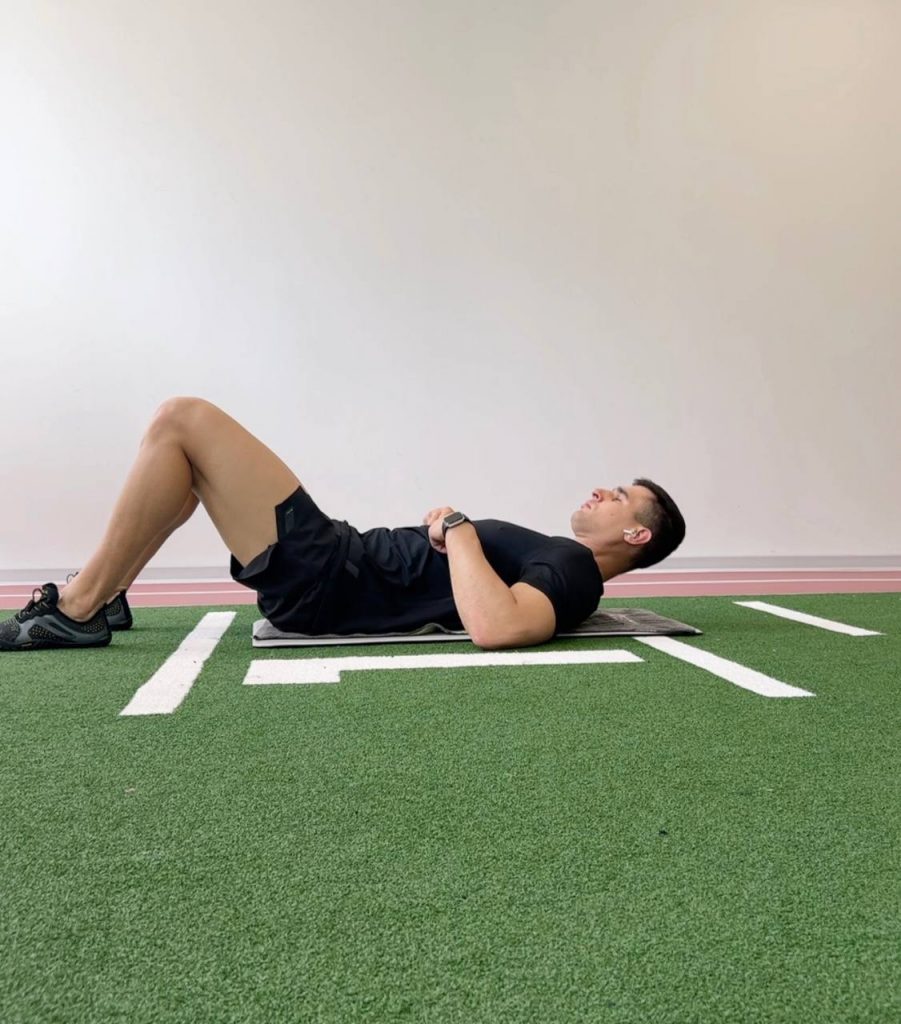
Most people perform a ‘curl up’ exercise by flexing their entire spine and attempting to bring their chest towards their knees. While this activates the anterior core muscles, particularly the rectus abdominis, it has some drawbacks, especially for those with back pain
Firstly, the classic curl up motion puts significant compression on the spine, which can worsen symptoms for those who are sensitive to loads or ‘load intolerant.’
Secondly, it deviates the spine from its neutral slightly arched position and into flexion. If bending the spine increases your low back symptoms (known as ‘flexion intolerance’), this motion should be avoided.
Moreover, the traditional curl up heavily relies on the psoas muscle in the anterior hip, rather than isolating the abdominal muscles.
To address these issues and focus on improving the stability of the anterior core muscles more efficiently, a modified curl up can be performed:
- Lie on your back with one knee bent and the other straight. Flatten the leg against the ground if you experience radiating pain down one leg. Place your hands under your low back to maintain a neutral slightly arched position.
- Lift your head a few inches off the ground and hold for 10 seconds. Imagine lifting your head off a scale, just enough to make it read “zero” on the dial or screen. The goal is to perform the curl-up without any movement in the low back. Raising your head and shoulders too high will round the low back and increase strain on the spine, potentially worsening symptoms.
2. The Side Plank
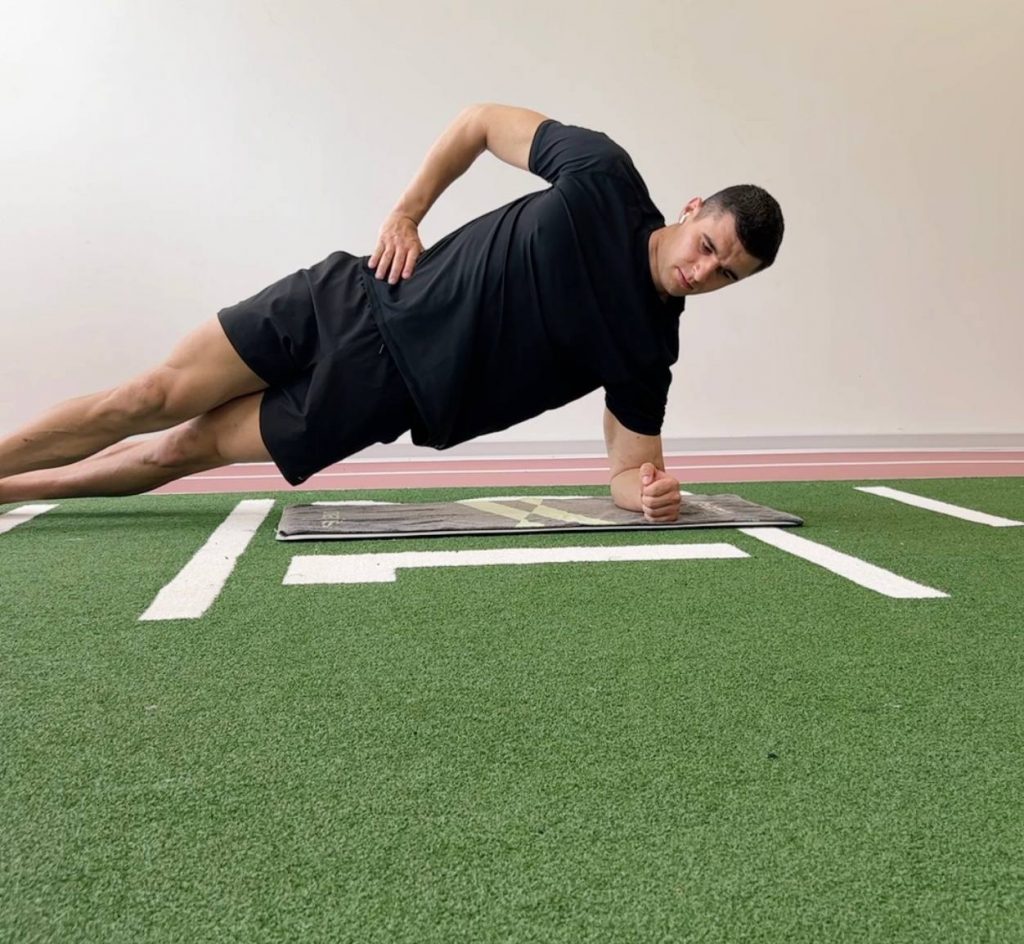
Now, let’s shift our focus to the lateral muscles of the body after addressing the anterior core muscles. The side plank is a valuable exercise that targets the lateral oblique and quadratus lumborum (QL) muscles on one side, providing an effective means to strengthen stability with minimal impact on the spine. Additionally, it activates an important hip/pelvic stabilizer, the glute medius.
Here’s how to perform the side plank:
- Lie on your side with your legs bent and support your upper body with your elbow. Place your free hand on your opposite shoulder.
- Lift your hips, relying only on your knee and arm for support.
- Hold this position for 10 seconds before lowering yourself back down. Repeat the descending pyramid rep-scheme for each side.
You can explore various progressions with this exercise. For instance, you can modify the hand placement from your opposite shoulder to the top of your hips or progress to a full side plank, supporting your bodyweight on your feet and elbow.
To further challenge yourself, try performing the full side plank with one foot directly in front of the other. If the side plank becomes too easy, you can incorporate a rolling pattern by tilting or rotating your body towards the ground and back towards the ceiling. Maintain a direct alignment between your shoulders, torso, and upper leg during the roll to protect your low back.
3. The Bird Dog
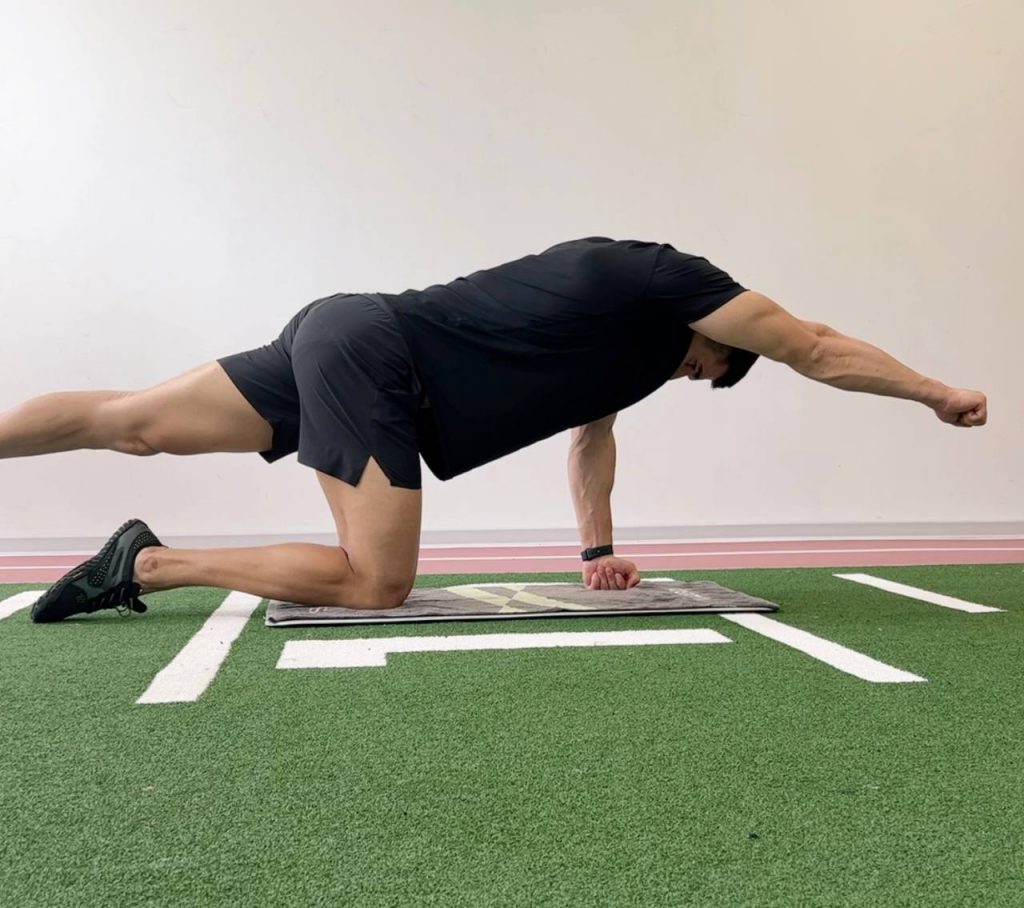
The bird dog exercise, the final component of the McGill ‘Big Three,’ is highly effective for promoting core stability while allowing movement in the surrounding joints (legs or arms and legs together). Its ability to maintain stability in the low back while facilitating movement at the hips and shoulders makes it beneficial for everyday activities and weightlifting.
Here’s how to perform the bird dog exercise:
- Position yourself in an ‘All 4’s’ or quadruped position, ensuring your back maintains a slight arch in a neutral alignment. Remember, neutral means a small arch, not completely flat.
- Without allowing any movement in the low back, extend one leg backward while simultaneously raising the opposite arm until both are fully straightened. To prevent excessive arching of the back during leg movement, focus on kicking your heel straight back. Additionally, you can increase core muscle activation, especially in the erector spinae muscles, by making a fist and contracting your arm muscles while holding the extended position.
If performing the arm and leg movement together causes pain or difficulty maintaining balance, you can try the modified version with only leg movement.
Book a high quality massage session in Valencia and forget about your back pain

